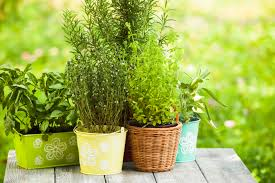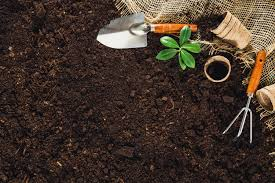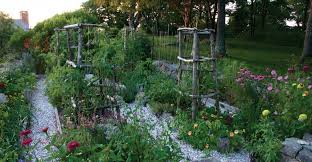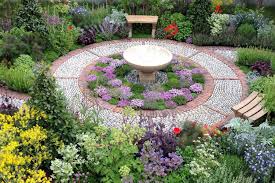Winter offers a unique joy for gardeners: it’s the season to explore seed catalogs, dream about new plant varieties, and plan for the year ahead. If you’re considering a herb garden, now is the perfect time to start thinking about how to organize it. While many of us have herbs scattered throughout our garden, there’s something special about having them gathered in one dedicated space. The beauty of a well-planned herb garden lies in how many herbs thrive together, sharing similar growing conditions.
Best Location for Your Herb Garden
It’s commonly advised to plant herbs close to the kitchen, as many cooks prefer quick access. However, even if you don’t live on a sprawling estate, a short walk to the garden can be a refreshing break during the day. In winter, of course, accessibility may be less appealing, so consider placing your herb garden in an easily reachable spot—such as along a path or near a door.

The Importance of Sunlight
Above all, herbs need sunlight. While some herbs can tolerate a bit of shade (like rosemary or thyme), most thrive in full sun. If your garden is in a spot that only gets partial sun, herbs like mint and chervil will be happier there. Sheltered areas can be beneficial as well, so consider creating a cozy corner with espaliered fruit trees or trellises. A south-facing slope with full sunlight is ideal for growing herbs, as it provides warmth and good drainage. Larger, hardier plants can go at the back of the slope, while more delicate annuals can be placed at the front, where the soil stays moister.
Soil Requirements for Herb Gardens
Herbs dislike having their roots sit in wet soil for too long, so well-drained soil is essential. Sandy soil works well, but clay soil will need to be amended with compost and grit. Mediterranean herbs like rosemary and lavender thrive in poor, dry soil, while annual herbs such as basil, cilantro, and dill prefer richer, moisture-retentive soil.

Designing Your Herb Garden
The beauty of a herb garden design lies in grouping plants with similar needs. A traditional approach divides the garden into symmetrical beds around a central point. For example, you might arrange four 1-yard (1-meter) square beds around a central feature, such as a sundial, bay tree, or rosemary bush. This layout allows for the grouping of herbs based on their needs—annuals that require regular watering can be kept together, while more robust herbs like sage and rosemary, which prefer dry, sharp-drained soil, can go in separate beds.
If you have a small space, consider planting sage and rosemary in flower borders, as they tend to spread and can dominate smaller herbs. Keep aggressive spreaders like mint and lemon balm in contained areas or pots to prevent them from taking over the garden.
Playing with Height and Texture
One of the joys of herb gardening is experimenting with plant heights and textures. Taller herbs like lovage can be placed toward the center of the bed, while shorter ones, like sweet cecily, work well on the edges. You can also play with different foliage colors—try purple sage, lemon thyme, or bronze fennel to add visual interest.

Creative Garden Designs
While the traditional layout is effective, more adventurous designs are worth considering. One popular option is a “cartwheel” layout, where herbs are planted between brick or stone spokes, forming a circular pattern. If you prefer something simpler, a checkerboard design with alternating paving stones and herb patches can help contain aggressive herbs while allowing easy access to your plants.
Expanding Your Herb Garden
Once you’ve mastered the basics of culinary herbs, you may find yourself eager to explore more specialized varieties. Herb gardens can be themed, focusing on medicinal herbs, dye plants, or even aromatic varieties. For inspiration, the Herb Society’s website offers lists of herbs for various purposes, helping you broaden your gardening horizons.
By thoughtfully considering your garden’s design, location, and plant needs, you’ll be well on your way to creating a vibrant, functional herb garden that provides fresh flavors and aromatic beauty throughout the year.
